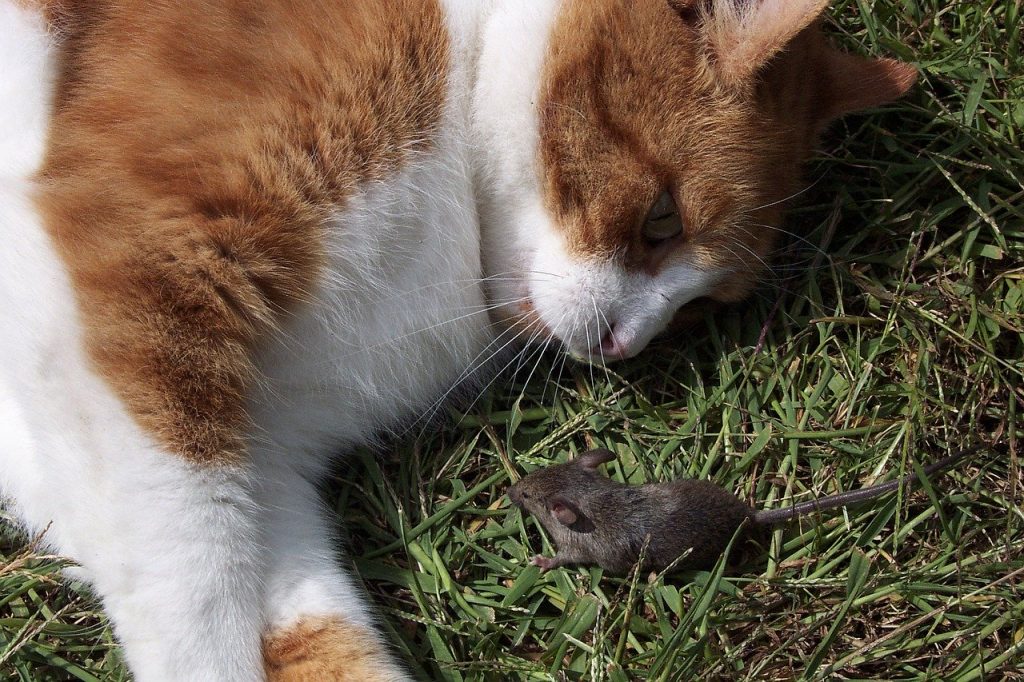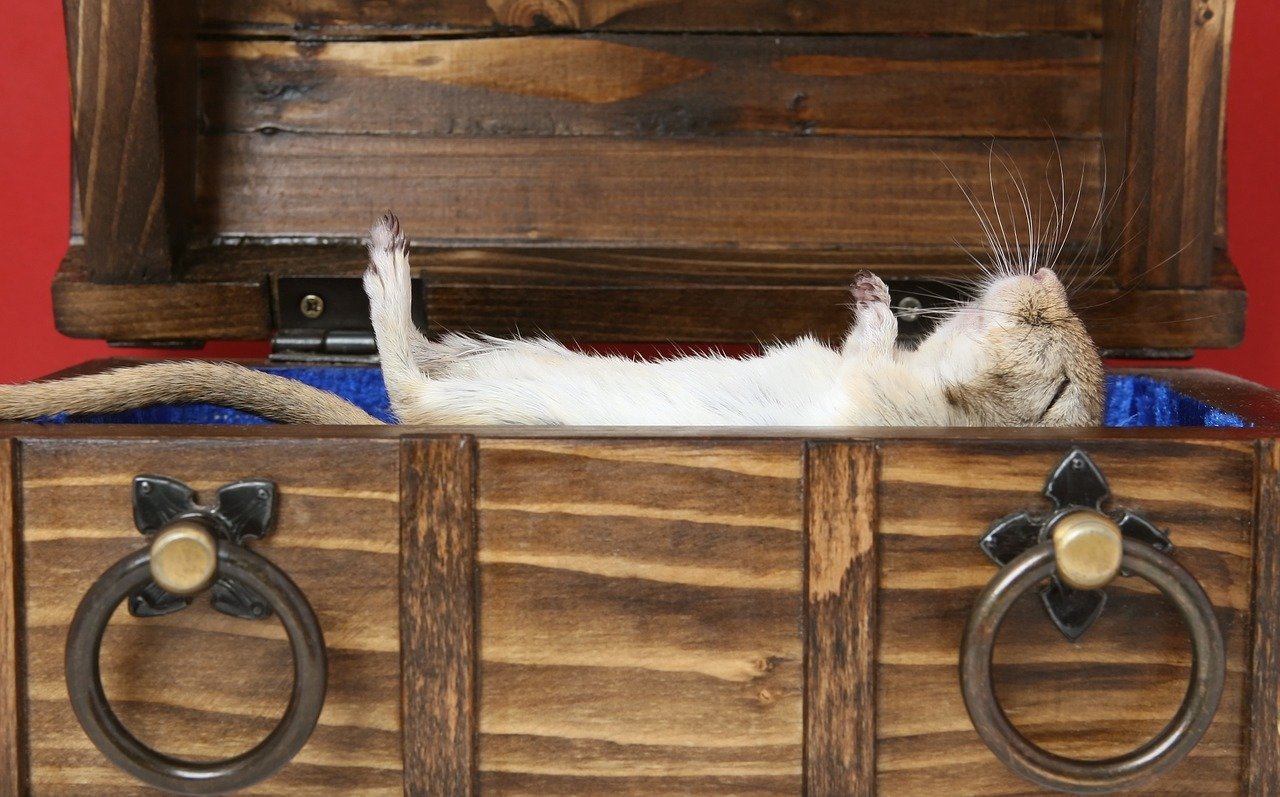In this post, we will consider whether or not glue traps are inhumane for mice control.
Sure, it is understandable that people just want to get rid of the mice that have invaded their home, office or factory.
Perhaps, they also need to consider what effect their chosen method of extermination will have on the rodents in question. Few people want to be deliberately cruel. However, many may not know about humane ways of pest control or understand the suffering that some methods of killing mice inflict on the creatures.
Glue traps are relatively cheap and not difficult to find on the high street or online. They catch mice; that isn’t in question. But do the way they work and the consequences for the rodent leave much to be desired?
Are glue traps one of the cruelest forms of mice control?

People for the Ethical Treatment of Animals (PETA) claim that glue traps are among the cruelest forms of mice control. PETA is an organization that takes a particular interest in this subject. When a mouse becomes stuck in a glue trap, a glue board, or a sticky board, as they are sometimes called, it will fight for its life.
The struggle can have disastrous consequences.
This is a frantic fight for life, and the mouse will exhaust itself in the process.
A mouse unable to free itself from a glue trap will remain there for as many as four days or longer, depending on how well-nourished it is. In the end, unless it suffers a fatal injury, it will eventually die of dehydration, starvation, or exposure.
All terrible things to inflict on an animal, even when regarded as pests.
The mouse will fight for its life and, consequently, destroy itself
Believe me when I write that mice don’t take being stuck in a glue trap lying down. They have a strong instinct to survive.
The unintended consequences of a mouse’s struggle to free itself can include the following:
- The mouse’s exertions to free itself bring on a heart attack. This might not kill the animal instantly and could lay suffering in the trap for some time.
- The mouse’s nose, mouth, or both will get stuck in the glue as they fight to get free. When this happens, the mouse will be asphyxiated.
- Vehement attempts by the mouse to free itself will tear skin so badly that it will bleed profusely and expose muscle which can quickly become infected.
- A mouse stuck in a glue trap may chew off its own legs to escape, enduring excruciating pain and massively causing blood loss.
Am I not the only person who finds all that far too disturbing?
Once a mouse gets stuck in a glue trap, the suffering doesn’t end there
People who find a half-dead mouse stuck in a glue trap they have set will most likely be keen to get rid of it as soon as they can. This might mean putting the mouse in the dustbin still attached to the glue trap, which can only mean further suffering as rubbish piled on top of the mouse slowly crushes it to death.
Worse still, an attempt might be made to stamp on the mouse to put it out of its misery. Alternatively, a heavy object, such as a brick or hammer, might be used. Throwing a mouse into a bucket of water to drown it is also a very inhumane way to kill it, but I am aware of this practice. It sucks!
It is important to remember that a mouse that has suffered a heart attack or is experiencing intense pain is likely to empty its bowels. Mouse urine and feces carry hantavirus, which is potentially fatal to humans.
The threat of disease should deter you from tampering with a mouse. Attempts to crush or bludgeon it to death will likely result in blood spray or worse, which will get onto your hands and clothes.
Other creatures get stuck in glue traps.
You have laid a glue trap to catch mice, but you might unintentionally snare other animals, including birds, squirrels, frogs, and cats (especially kittens). All small animals could be caught if you have set the trap outside the property to catch mice before they enter it.
More serious still is the possibility of a small human hand or foot becoming stuck when a child decides to investigate what is on the floor. It doesn’t matter how many times you tell a child not to go near the trap or touch it; the chances are that curiosity will get the better of them.
What if there happens to be a mouse in the trap already? Do you want a child to witness suffering like that?
How effective are glue traps for mice?

Let me pose a different question: Is cruelty an issue for you when trying to eliminate mice? I would hope that if you decided that any mouse entering your home had to die, you would investigate ways that could happen quickly, cleanly, and without causing the mouse undue suffering. If you have read this far, you will know that a glue trap will not help you achieve those aims.
There are plenty of very effective humane mouse traps on the market that enable you to catch mice, take them to a suitable location some distance from where they were captured and release them back into the wild.
Yes, it takes effort but it has got to be better than causing untold suffering to a small creature.
How effective are glue traps for mice? Well, a mouse can be stuck for days in a glue trap, urinating, defecating, squealing, and doing more damage. How can such a horrible capture method be termed effective, especially when you compare it with an old-fashioned snap mouse trap or other excellent mouse trap options?
With a snap mousetrap, you place some mouse bait food on the trap, and when the mouse steps on it, the trigger mechanism springs down very fast and breaks the mouse’s neck instantly.
Conclusion
Glue traps are inhumane for mice control.
The most effective method of dealing with mice is not to lay glue traps but to make sure mice don’t get into your property in the first place.
Sealing any holes or other potential entry points won’t just keep you free of those pesky rodents; it will also stop them from bringing in fecal matter and disease.
Good luck, stay safe, and I know you hate mice, but be humane!








